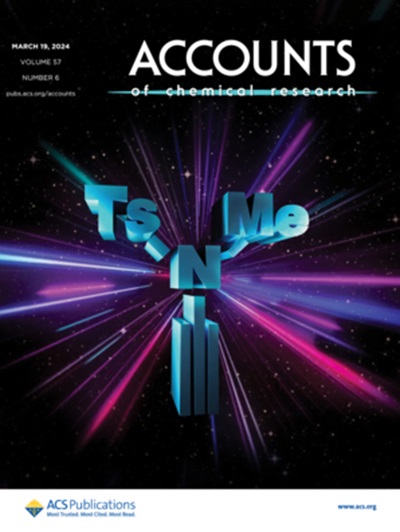利用基于人工神经网络的进化算法优化基孔肯雅病毒流行病学控制
IF 17.7
1区 化学
Q1 CHEMISTRY, MULTIDISCIPLINARY
引用次数: 0
摘要
作为一个重要的公共卫生问题,基孔肯雅病毒(CHIKV)的发病率越来越高,这促使人们研究控制疾病的新方法。在本研究中,我们分析了存在沃尔巴奇亚感染蚊子情况下的基孔肯雅流行病模型,这是一种很有前景的控制媒介传播疾病的生物方法。利用下一代矩阵方法计算了所提出模型的基本繁殖数([公式:见正文])。在本研究中,我们利用遗传算法(GA)和内点算法(IPA)相结合的混合方法对提出的基孔肯雅流行病模型进行数值求解。我们的研究考察了叮咬率、繁殖率、死亡率和传播概率等关键参数对疾病类别复杂动态的影响。这项分析为了解基孔肯雅病的传播动态提供了宝贵的见解,并凸显了基于沃尔巴克氏体的干预措施的潜在有效性。我们的结论是,使用混合 GA 和 IPA 得出的数值结果与使用传统四阶 Runge-Kutta (RK4) 方法得出的结果非常一致。本文章由计算机程序翻译,如有差异,请以英文原文为准。
Optimizing Chikungunya epidemiology control with Wolbachia using artificial neural network-based evolutionary algorithms
The increasing incidence of Chikungunya virus (CHIKV) as an important public health issue led to the investigation of novel approaches to disease control. In this study, we analyze Chikungunya epidemic model in the presence of Wolbachia-infected mosquitoes, which is a promising biological approach for controlling vector-borne diseases. The basic reproduction number ([Formula: see text]) of the proposed model is calculated using the next generation matrix approach. In this study, we utilize a hybrid methodology that combines the genetic algorithm (GA) and interior point algorithm (IPA) to numerically solve the proposed Chikungunya epidemic model. Our investigation examines the impact of key parameters, such as biting rate, reproduction rate, mortality rate, and transmission probability, on the complex dynamics of disease classes. This analysis provides valuable insights into the transmission dynamics of Chikungunya and highlights the potential effectiveness of interventions based on Wolbachia. We conclude that the numerical findings produced using the hybrid GA and IPA are in good agreement with those obtained using the traditional fourth-order Runge–Kutta (RK4) approach.
求助全文
通过发布文献求助,成功后即可免费获取论文全文。
去求助
来源期刊

Accounts of Chemical Research
化学-化学综合
CiteScore
31.40
自引率
1.10%
发文量
312
审稿时长
2 months
期刊介绍:
Accounts of Chemical Research presents short, concise and critical articles offering easy-to-read overviews of basic research and applications in all areas of chemistry and biochemistry. These short reviews focus on research from the author’s own laboratory and are designed to teach the reader about a research project. In addition, Accounts of Chemical Research publishes commentaries that give an informed opinion on a current research problem. Special Issues online are devoted to a single topic of unusual activity and significance.
Accounts of Chemical Research replaces the traditional article abstract with an article "Conspectus." These entries synopsize the research affording the reader a closer look at the content and significance of an article. Through this provision of a more detailed description of the article contents, the Conspectus enhances the article's discoverability by search engines and the exposure for the research.
 求助内容:
求助内容: 应助结果提醒方式:
应助结果提醒方式:


